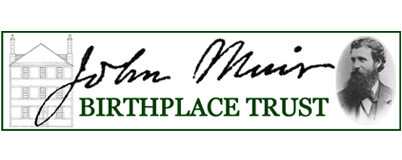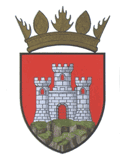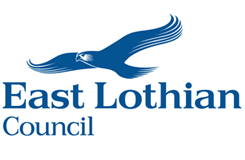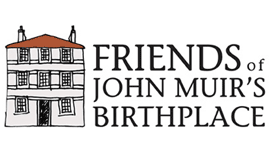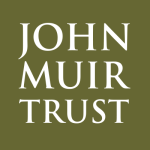20th Anniversary Celebrations
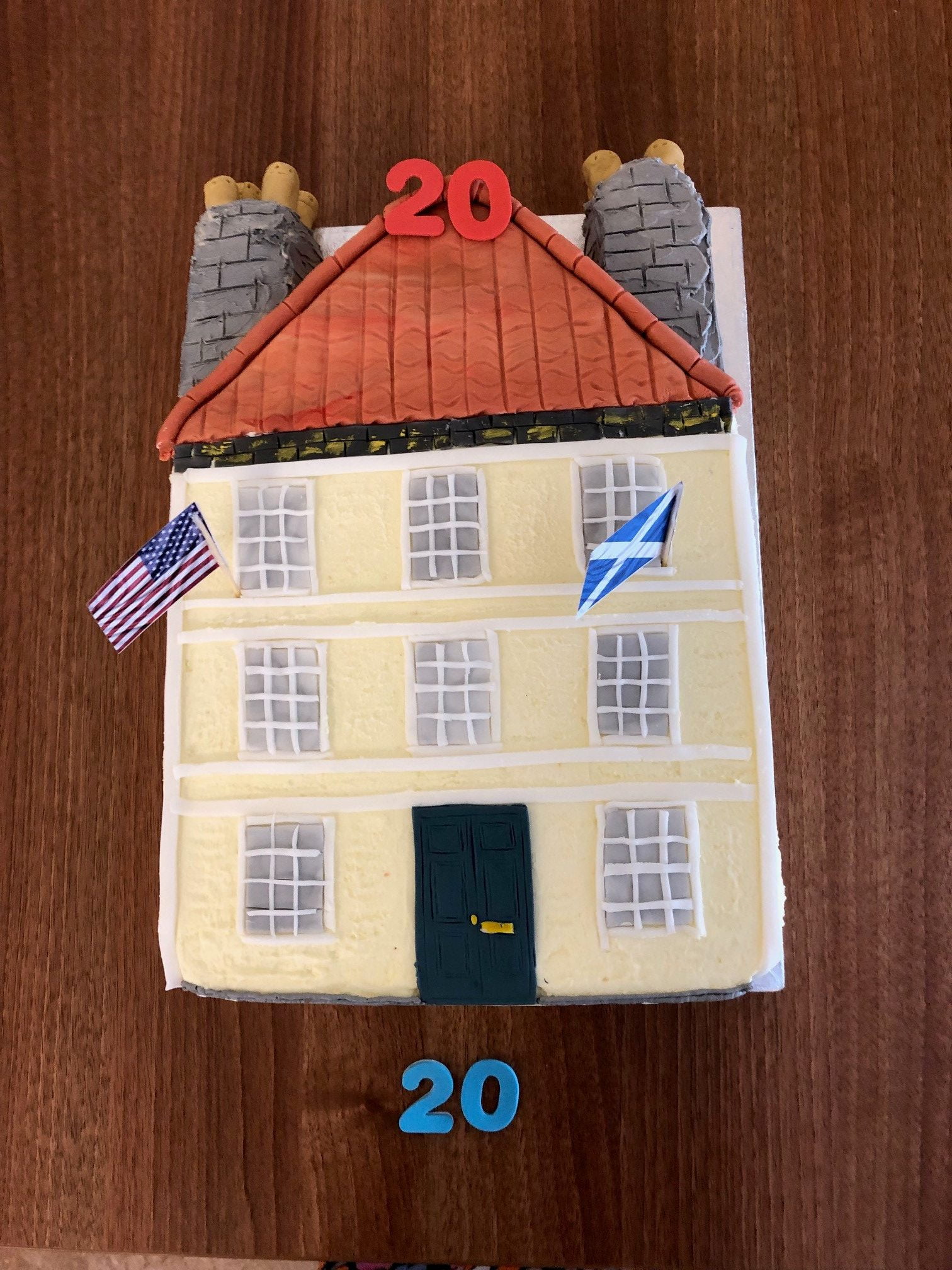
(Thank you to GreyGoose_Bakery for our wonderful birthday cake!)
Do take a look at our official press release marking our 20th anniversary:
John Muir’s Birthplace on Dunbar’s High Street opened its doors for the first time on 23rd August 2003. At a celebration event to mark the 20th anniversary of the Birthplace, Trustees of the John Muir Birthplace Charitable Trust and staff of East Lothian Council’s Museum Service welcomed many of those involved in the planning, procurement, and development of the museum. Other guests included representatives from local schools and organisations that are actively engaged with the need to care for the environment in all its forms. John Muir has been – and continues to be – an inspiration for many.
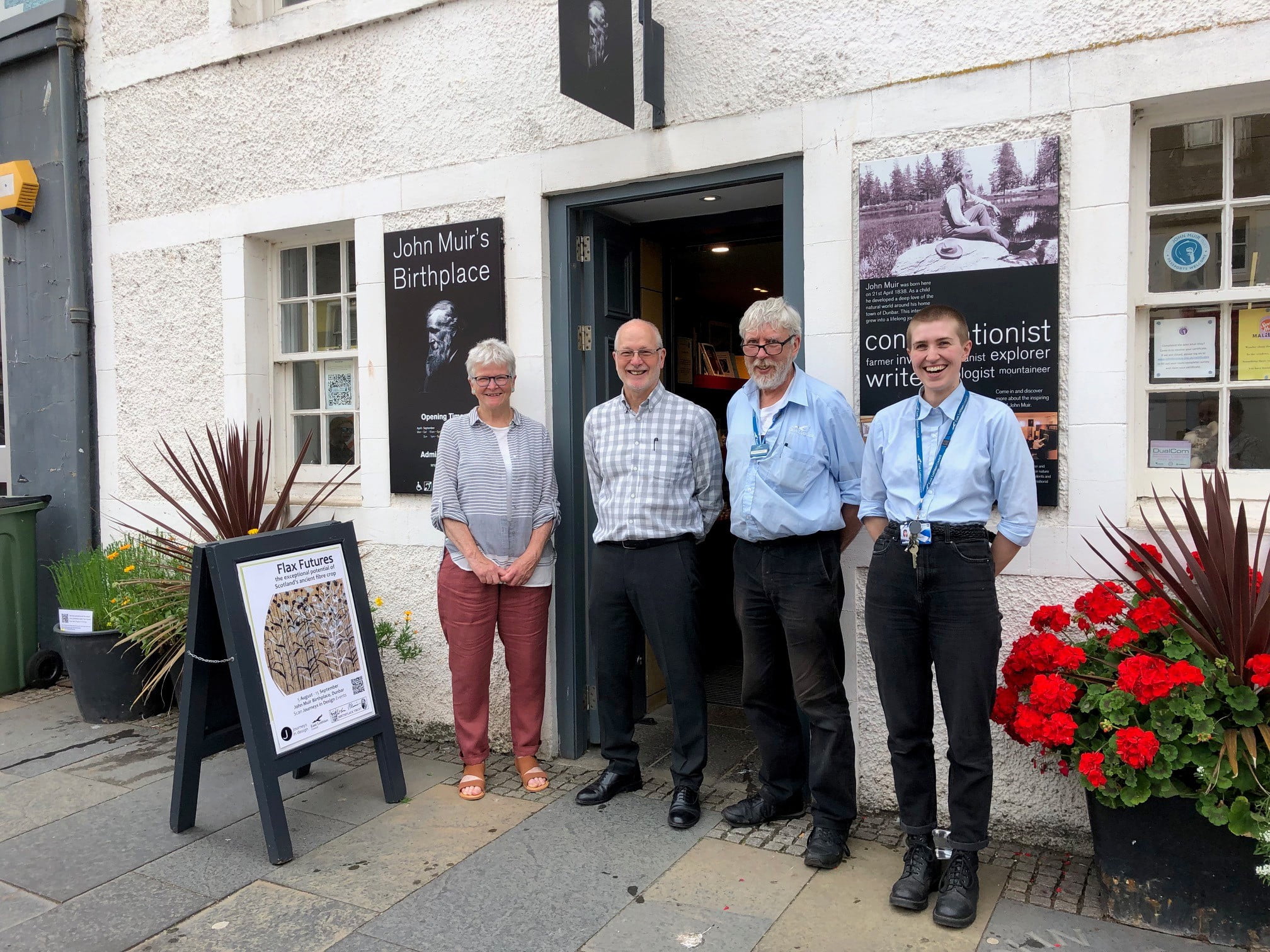
John Muir was born in Dunbar, Scotland, on 21st April 1838. As a child he developed a deep love of the natural world. This grew into a lifelong journey, both physical and spiritual, of exploration, revelation, hardship and wonder. His introduction to Yosemite Valley, California, resulted in his campaign to preserve wilderness for wilderness’ sake. This led to the establishment of the world’s first national park system. Today he is remembered as a pioneer of the modern conservation movement. More than a century on his ideas are more relevant than ever and John Muir continues to inspire people all over the world.
There have been over 220,000 visitors to the Birthplace since its opening. From distinguished visitors including direct descendants of Muir and the then Prince Charles and Prince Edward to tourists from all over the world, local residents and school children. The most common comments left by visitors mention how inspiring their visit has been.
Other milestones for the Birthplace include achieving Visit Scotland 5-star visitor attraction and Green Tourism Business Scheme Gold status, the TripAdvisor’s Travellers’ Choice award, and John Muir Conservation Award (non-profit organisation) from the John Muir Association in Martinez, USA.
John Muir’s Birthplace also marks the eastern end of the John Muir Way, which is one of Scotland’s Great Trails. Many visitors have completed this long distance walk that launched in 2014 on the centenary of John Muir’s death. It traverses across the diverse landscapes and rich heritage of central Scotland and provides opportunities for all to increase their understanding of John Muir’s legacy and philosophy through getting closer to nature. Those completing their travels at the Dunbar end of the route have an additional incentive to visit the Birthplace where they can collect their John Muir Way completion certificate.
John Muir’s Birthplace works closely with schools to introduce children to John Muir’s life and conservation work. Each year between 500 and 1000 local authority school pupils participate in the John Muir citizenship project, run in collaboration with East Lothian Council’s Landscape and Countryside and Arts Services. This project provides opportunities for school pupils to engage hands-on with stories about John Muir and the natural world around them. A wide range of outdoor education groups, private schools, and youth organisations also visit, often as part of completing the John Muir Award.
Following a brief review of the past the Trust outlined the exciting future plans to update and upgrade part of the exhibition which focuses on Muir’s life as a campaigner and activist. New and updated displays will inspire visitors to engage more deeply with the current environment and climate challenges that we all face and hopefully inspire and motivate people to take action in whatever way feels right to them towards creating a thriving planet with flourishing communities for all.
East Lothian Provost, and Trustee of the John Muir Birthplace, John McMillan, said: “Muir was part of a continuum – he was inspired by those before him and in turn went on to influence many others to appreciate, value and protect the natural environment and so understand its crucial role in our survival. His story together with that of his forerunners and those who followed illustrate how social, political and economic issues are closely connected to environmental devastation and climate crisis. We can look to John Muir and others to create a new story for our future and for our communities.”


